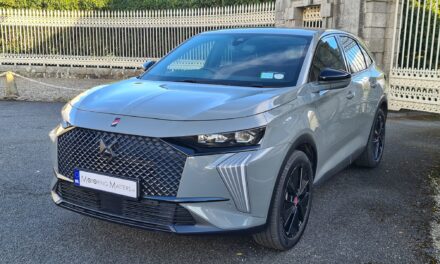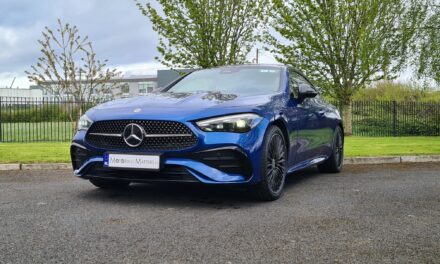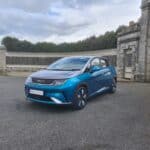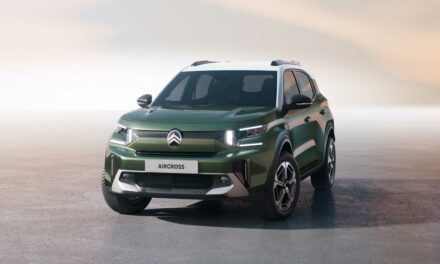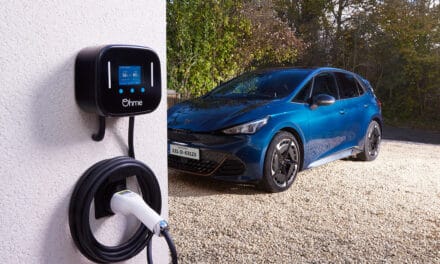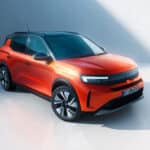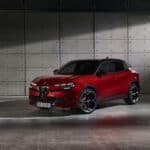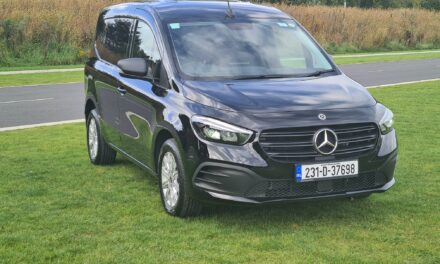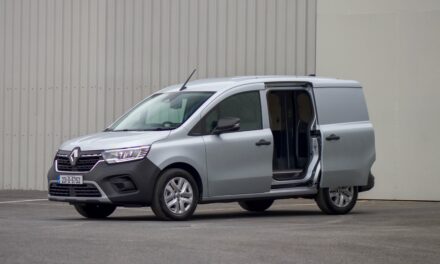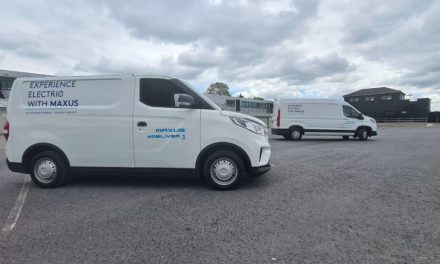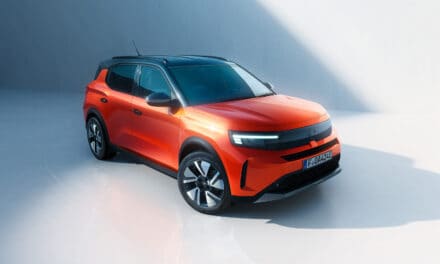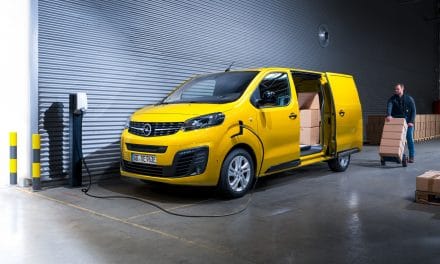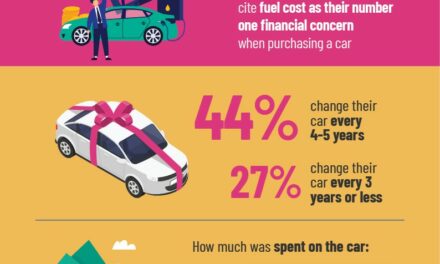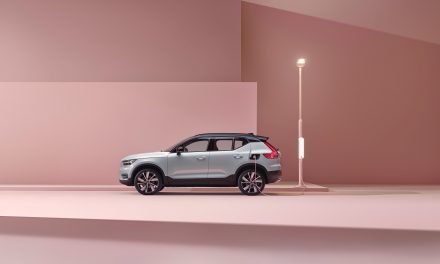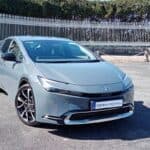
Electric Revolution
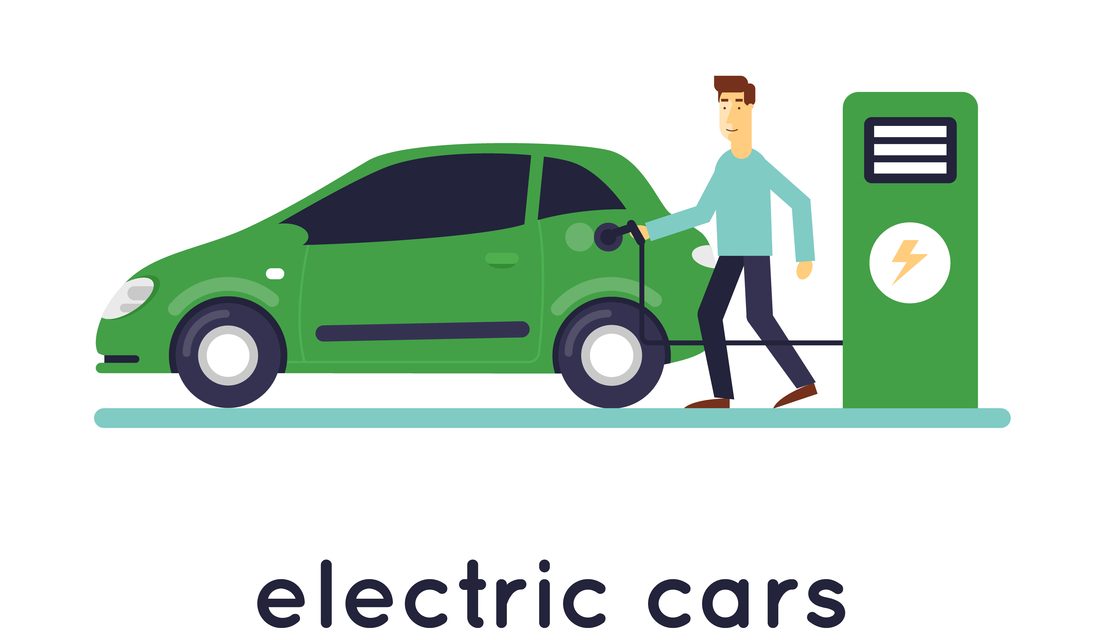
The Electric Revolution – It’s Our Future
With the UK and France announcing their ban on petrol and diesel vehicles by 2040, and Norway saying their ban will be in place by 2025, our own Minister for Transport has detailed his hope to ban all fossil fuelled vehicles by 2050.
The Department of Transport has laid out a policy desire to have all new vehicles sold in Ireland to be zero-emissions capable by 2030, with a further aim to de-carbonise transport by 2050. That 2030 deadline also involves seeing 800,000 electric vehicles on our roads, according to their National Framework on Alternative Fuels Infrastructure.
With 2.5 million vehicles presently on Irish roads, and despite the availability of VRT relief, lower motor tax rates and a grant of up to €5,000, there are only 2,200 electric vehicles (EV’s) on our roads. Are we ready for this technology?
Improvements in the battery range of electric cars, lower list prices and the expansion of the charging network mean that 2017 is the best year to buy an EV. Electricity is gaining momentum as a mainstream power source for cars, vans and trucks of all sizes. Regional legislation is making it harder for car manufacturers to meet ever stricter emissions targets with pure petrol or diesel models alone, so they are looking at alternative fuel sources, with the aim to reduce harmful exhaust emissions while still delivering the kind of all-round performance and range capability that car buyers have become used to from fuel engines.
What are the pros and cons of an EV?
The pros are zero emissions, grant incentives, low running costs, lower road tax, comfort and acceleration. The cons include, lack of adequate charging points, charging time, battery range, purchase price and lack of driving fun.
The attraction of an EV is the fact you are doing km after km of emissions-free driving. When on the move, the EV system is a “closed loop”, meaning that the battery drives the electric motor and powers all the on-board electrics, but doesn’t produce any waste material. When compared to similar sized petrol or diesel cars, EV’s are comparatively expensive, but the Government incentives are a huge help to encourage you to get behind the wheel. The day-to-day running costs are significantly lower than they are for a petrol or diesel model. Currently, the road tax on EV’s is either €120 or €170 depending on emissions. Because of the faint whirring noise of the electric motor, the cabin comfort is a major EV strength. Road, tyre and wind noise levels are also pretty minimal, so much so that most EV’s are being fitted with generators to ensure pedestrians and other road users are aware of their presence while driving. Most EV’s also enjoy delivery of instant torque from the electric motor, meaning that they are surprisingly quick off the mark when the accelerator is pressed lightly.
The biggest disadvantage of an EV is having to charge it up. While this isn’t a problem once you have a facility to install the charging wall-box, it does become an issue if you live in an apartment block or rented accommodation which limits the ability to install charging points. The number of charging points available is also an issue, meaning that journeys often have to be pre-planned due to the limited battery range to ensure that you reach your destination. Also the lack of engine noise and gearbox detracts from the thrill of the drive for those people who like to get involved in what they drive.
A point to remember is that depreciation on EV’s can be an issue due to the continuing advancement in battery range. It has been known that some electric cars can lose value quicker than a petrol or diesel powered alternative, but by buying an electric car you can rest assured that you are doing your bit for the environment.
Our electrically-powered motoring future is approaching fast !!

